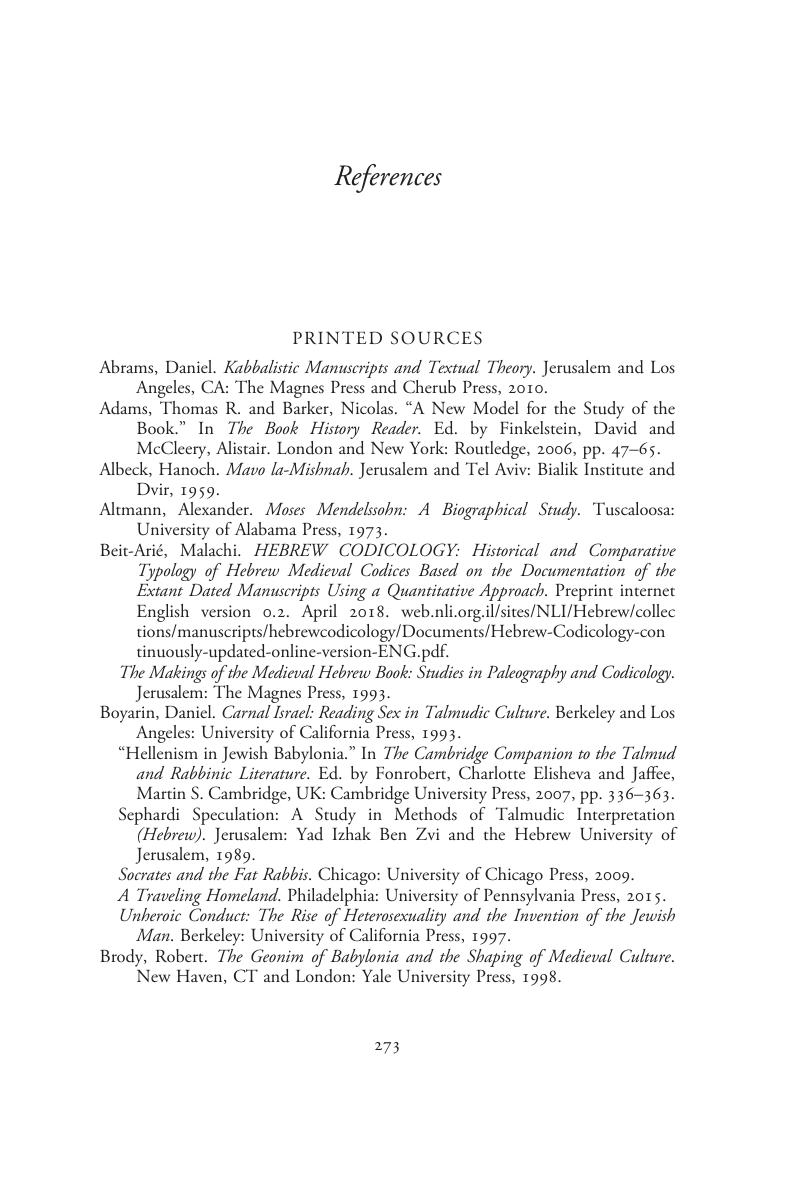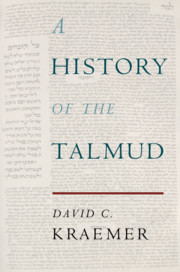Book contents
- A History of the Talmud
- A History of the Talmud
- Copyright page
- Contents
- Preface
- Glossary
- Timeline
- Chapter 1 Introduction
- Chapter 2 Before the Rabbis
- Chapter 3 The Emergence of the Mishnah
- Chapter 4 What Is the Mishnah?
- Chapter 5 The Reception of the Mishnah
- Chapter 6 The First Talmud
- Chapter 7 Jews in Babylonia and the Emergence of the Babylonian Talmud (the Bavli)
- Chapter 8 What Is the Bavli?
- Chapter 9 The Reception of the Bavli
- Chapter 10 The Talmud in Early Modernity
- Chapter 11 The Talmud in Modernity and Beyond
- References
- Index
- References
References
Published online by Cambridge University Press: 18 July 2019
- A History of the Talmud
- A History of the Talmud
- Copyright page
- Contents
- Preface
- Glossary
- Timeline
- Chapter 1 Introduction
- Chapter 2 Before the Rabbis
- Chapter 3 The Emergence of the Mishnah
- Chapter 4 What Is the Mishnah?
- Chapter 5 The Reception of the Mishnah
- Chapter 6 The First Talmud
- Chapter 7 Jews in Babylonia and the Emergence of the Babylonian Talmud (the Bavli)
- Chapter 8 What Is the Bavli?
- Chapter 9 The Reception of the Bavli
- Chapter 10 The Talmud in Early Modernity
- Chapter 11 The Talmud in Modernity and Beyond
- References
- Index
- References
Summary

- Type
- Chapter
- Information
- A History of the Talmud , pp. 273 - 283Publisher: Cambridge University PressPrint publication year: 2019



